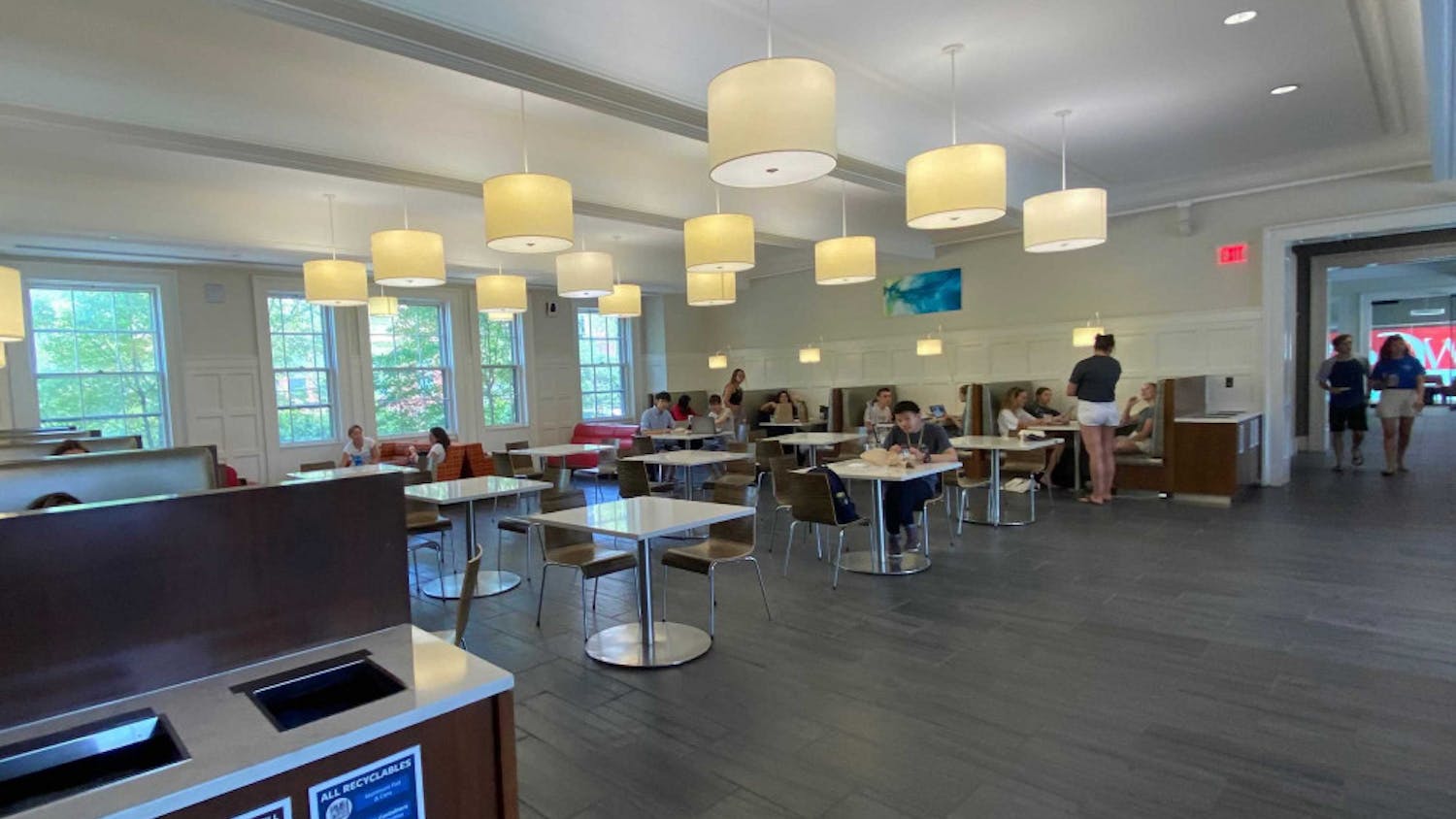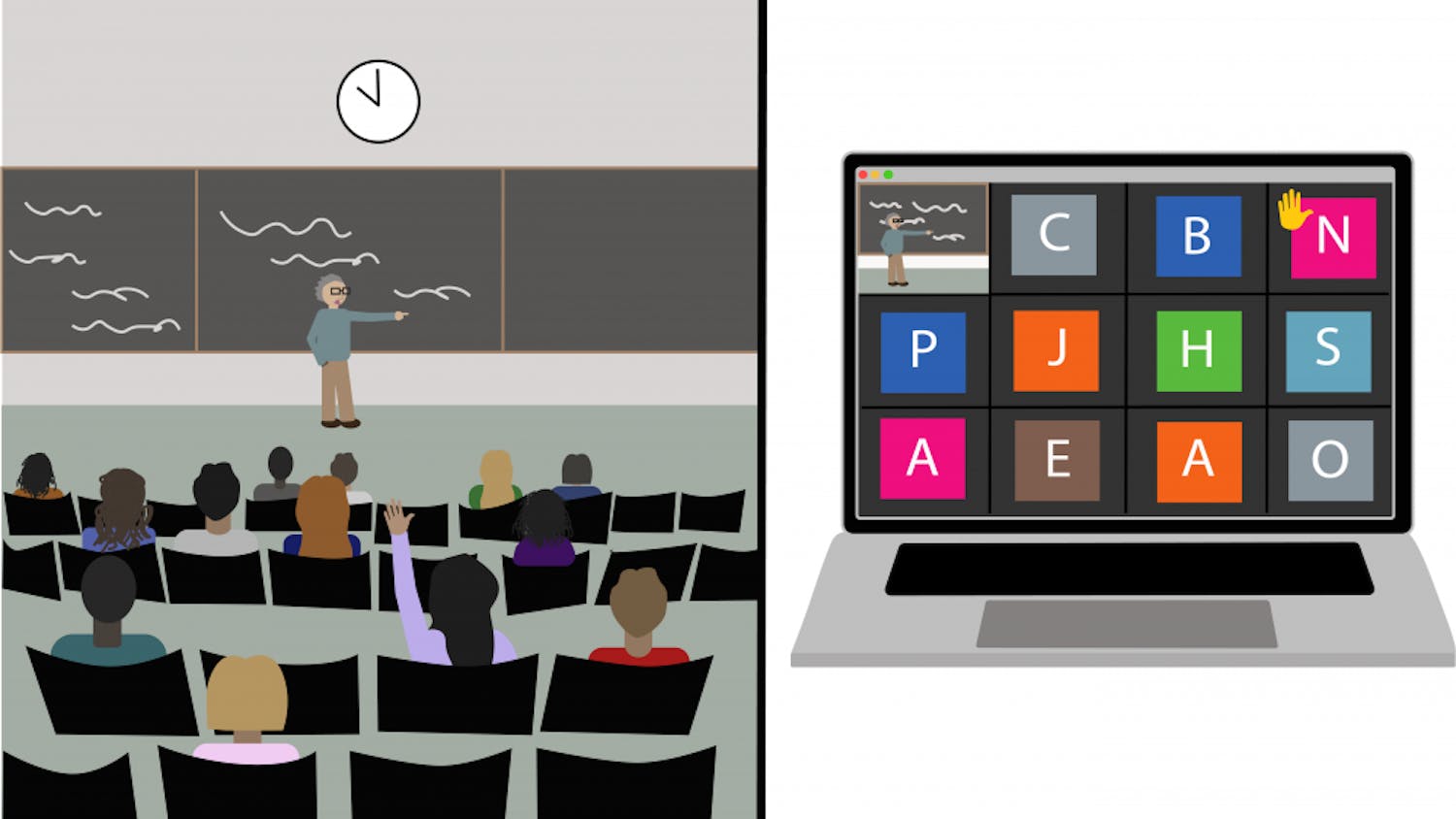On Monday night, the Rhode Island Board of Governors for Higher Education approved a budget that will increase tuition and fees at public institutions in the state by 6 percent for the next year.
According to a Sept. 14 article in the Providence Journal, the budget anticipates a $44.6 million increase, or an increase of 9.8 percent, in costs to operate the higher education system. As a result of these increases, students at the University of Rhode Island will pay $460 more next year in tuition and fees, up from $7,724 this year; $298 more at Rhode Island College, up from $4,958; and $160 more at the Community College of Rhode Island, up from $2,686.
Rhode Island received an F in affordability of education from the 2006 National Report Card on Higher Education. "Rhode Island has lost ground in providing affordable higher education," the report stated.
According to the report, the percentage of an average Rhode Island resident's income needed to pay for all college expenses without financial aid at a private, four-year institution was 71 percent in 1992. In 2006, this number had risen to 85 percent. For a public, four-year institution, 32 percent of income was needed in 1992, compared to 39 percent in 2006. To fund an education at a community college, 27 percent of income was needed in 1992, compared to 30 percent today.
The report also found state investment in need-based financial aid has dropped from 36 percent in 1992 to 27 percent in 2006. The Board of Governors for Higher Education calls on schools that raise tuition to set aside 10 percent of their new budgets for institutional aid, according to Jack Warner, commissioner of higher education for Rhode Island.
"The state's investment in need-based financial aid is very low when compared with top-performing states, and Rhode Island does not offer low-priced college opportunities," the report said. New Jersey and New York received the highest marks from the report for need-based financial aid.
California and Utah received the highest grades of any states, C-minuses, for overall affordability of education.
Increases in tuition costs are not unique to Rhode Island. Institutions throughout the nation have seen a trend toward increasing tuition costs in the past several years. The National Report Card on Higher Education gave 42 other states an F in affordability of education.
Bob Weygand, URI's vice president for administration, said there are many "fallacies" surrounding the report. "The F in affordability is a result of private institutions like Brown, Providence College and Salve Regina," said Weygand.
He said the average cost of education at Rhode Island institutions projected by the report is not indicative of tuitions at public institutions. Nevertheless, he said, the approved increases in tuition at public institutions in the state are "very disappointing."
"State support for education around the country has been eroding," said Warner.
Warner singled out Rhode Island for its lack of state funding for education. "We've had an increase (in budget) of only 1 percent a year," Warner said. "Averages around the country are much higher."
Roxann Johnson-Nance, RIC director of budget administration and finance, also attributed increases in public tuition to a lack of state funding. "We've had a pattern of rising tuition. What's happened is that state appropriations have not increased as much (as tuition needs)," she said.
Laura Hart, a CCRI public relations officer, said CCRI tries to make tuition affordable for its students. She said CCRI anticipates the increases in tuition costs will be covered by financial aid.
"Those who will be affected are those not on financial aid. That said, it is always a difficult situation, especially because most of our students are low-income," Hart said.
Rosemary Booth Gallogly, budget director for Gov. Donald Carcieri '65, said alternative ways of funding education must be found. "We need some opportunities to provide alternative types of educations to allow students to work and go to school," Gallogly said.
Gallogly also said the problem of funding education is "two-fold," because schools should look at scholarship aid as well as expenditures. "One option is scholarships funded to students taken by tax dollars," Gallogly said.
She stressed the importance of cost-efficiency within institutions. "The more cost-effective schools can get, the more affordable (they) will be," she said.
"One way to be more efficient is to enroll more students, so that cost is less per unit," Warner said.
Cutting back on institutional expenditures is not an easy task. Johnson-Nance said determining the cost of tuition is a "delicate balancing act."
Though schools would like to cut back on operational costs, there are still necessities that must be maintained. "We have contractual agreements with unions that we have to honor, the rising costs in utility," Johnson-Nance said.
Weygand voiced similar sentiments. "You can only cut out so much before you cut the quality of education," he said.
URI has tried to reduce expenditures by not filling certain positions and eliminating other positions, but Weygand said this effort has been countered by money URI is spending to increase the size of its tenured faculty and maintain facilities.
Representatives from three public institutions of higher education in Rhode Island - URI, RIC, and CCRI - call upon the state government to help. "It's too hard to project down the road what will happen. Right now, we're going to the state to ask for help. What (tuition in) 2009 is going to look like, I can't even tell," Johnson-Nance said.
Weygand said URI is planning to appeal the state for more money in January.
"I think it's in the interest of the state to pay attention to education because these are the people who are going into the work force," Hart said.
"(The state) needs a new paradigm for funding educations. That's a discussion that has not been had," Weygand said.




